41 change factor labels in r
How to Convert Factor to Numeric in R (With Examples) - Statology We can use the following syntax to convert a factor vector to a numeric vector in R: numeric_vector <- as.numeric(as.character(factor_vector)) We must first convert the factor vector to a character vector, then to a numeric vector. This ensures that the numeric vector contains the actual numeric values instead of the factor levels. Display All X-Axis Labels of Barplot in R - GeeksforGeeks 09.05.2021 · This article deals with resolving the problem in the R programming language. Method 1: Using barplot() In R language barplot() function is used to create a barplot. It takes the x and y-axis as required parameters and plots a barplot. To display all the labels, we need to rotate the axis, and we do it using the las parameter.
› character-to-factor-in-rHow to Convert Character to Factor in R (With Examples) Jun 14, 2021 · We can use the following syntax to convert a character vector to a factor vector in R: factor_vector <- as. factor (character_vector) This tutorial provides several examples of how to use this function in practice. Example 1: Convert a Vector from Character to Factor. The following code shows how to convert a character vector to a factor vector:
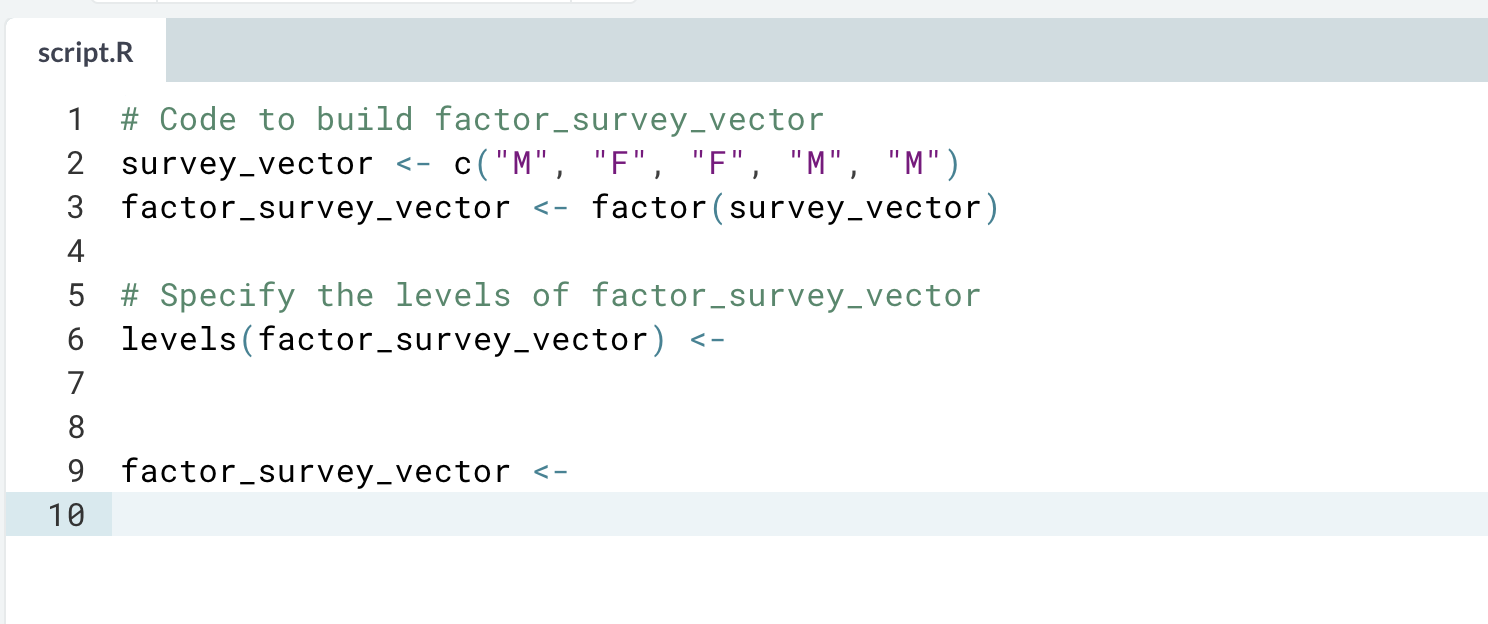
Change factor labels in r
stackoverflow.com › questions › 20529252Change or modify x axis tick labels in R using ggplot2 I used this to mask a continuous variable as a categorical so I could use geom_line. To make the labels appear I needed to set breaks first. I used scale_x_continuous(breaks=seq(1,12,1),labels=my_labels). Just noting that here in case it helps someone else. – Change Labels of ggplot2 Facet Plot in R (Example) - Statistics Globe Let's do this: data_new <- data # Replicate data levels ( data_new$group) <- c ("Label 1", "Label 2", "Label 3") # Change levels of group We have created a new data frame called data_new that contains different factor levels. Now, we can apply basically the same ggplot2 code as before to our new data frame. Modify axis, legend, and plot labels using ggplot2 in R Adding axis labels and main title in the plot. By default, R will use the variables provided in the Data Frame as the labels of the axis. We can modify them and change their appearance easily. The functions which are used to change axis labels are : xlab( ) : For the horizontal axis. ylab( ) : For the vertical axis.
Change factor labels in r. Quick-R: Value Labels You can use the factor function to create your own value labels. # variable v1 is coded 1, 2 or 3 # we want to attach value labels 1=red, 2=blue, 3=green mydata$v1 <- factor (mydata$v1, levels = c (1,2,3), labels = c ("red", "blue", "green")) # variable y is coded 1, 3 or 5 # we want to attach value labels 1=Low, 3=Medium, 5=High Getting Started with R - Part 7: Factors - Levels and Labels You can set the levels labels after constructing a factor. This would be similar to passing in the labels parameter. We can pass a full new vector or just labels the labels of the levels selectively. Let us just change factor label 1 from "Jack" to "Mr. Prelutsky". levels(repeat_factor_labeled) [1] <- "Mr. Prelutsky" repeat_factor_labeled Add Variable Labels to Data Frame in R (2 Examples) - Statistics Globe We'll use the following data frame as a basis for this R programming tutorial: data <- data.frame( x1 = 1:5, # Create example data frame x2 = letters [6:10] , x3 = 5) data # Print example data frame. Table 1 shows the structure of our example data frame - It consists of five rows and three columns. Next, we have to create a named vector ... Change home screen icon labels? : r/MotoG - reddit.com Change home screen icon labels? Moto G Stylus (2021): I decided to get organized and created folders for various apps/website homepage links by category (Social Media, Shopping, Calculators, etc ) on my home screen. The problem is many of the icons that are a link to a website's homepage (using "Add to Home screen" from 3-dot menu on a webpage ...
R Factor and Factor Levels: How to Create Factors in R - R-Lang How to Create Factor in R. To create a Factor in R, use the factor () method. The factor () method takes a vector as an input and returns the factor. The factor () function is used to encode a vector as a factor. If the argument ordered is TRUE, the factor levels are considered to be ordered. For compatibility with S, there is also a function ... 10.8 Changing the Labels in a Legend - R Graphics 10.8.3 Discussion. Note that the labels on the x-axis did not change. To do that, you would have to set the labels of scale_x_discrete() (Recipe 8.10), or change the data to have different factor level names (Recipe 15.10).. In the preceding example, group was mapped to the fill aesthetic. How to Rename Factor Levels in R (With Examples) - Statology How to Convert Factor to Numeric in R How to Convert Factor to Character in R How to Reorder Factor Levels in R. Published by Zach. View all posts by Zach Post navigation. Prev How to Calculate Cosine Similarity in Excel. Next How to Plot Multiple Histograms in R (With Examples) R: Add, replace or remove value labels of variables add_labels () adds labels to the existing value labels of x, however, unlike set_labels, it does not remove labels that were not specified in labels. add_labels () also replaces existing value labels, but preserves the remaining labels. remove_labels () is the counterpart to add_labels () . It removes labels from a label attribute of x .
European Union energy label - Wikipedia EU Directive 92/75/EC established an energy consumption labelling scheme. The directive was implemented by several other directives thus most white goods, light bulb packaging and cars must have an EU Energy Label clearly displayed when offered for sale or rent. The energy efficiency of the appliance is rated in terms of a set of energy efficiency classes from A to G on … How to Change the Levels of a Factor in R - ProgrammingR We have two factors (wool, tension). We want to rename factor levels in r so they are easier to understand. Let's take look at their values: # look at factor levels in r for wool > levels (warpbreaks$wool) [1] "A" "B" # look at factor levels in r for tension > levels (warpbreaks$tension) [1] "L" "M" "H" FACTOR in R [CREATE, CHANGE LABELS and CONVERT data] - R … 22.03.2020 · The factor function. The factor function allows you to create factors in R. In the following block we show the arguments of the function with a summarized description. factor(x = character(), # Input vector data levels, # Input of unique x values (optional) labels = levels, # Output labels for the levels (optional) exclude = NA, # Values to be excluded from levels … R: Change labels of factors or labelled objects Details. This function changes the names or labels of x according to the remaining arguments. If gsub is FALSE, argument tags are the old labels, the values are the new labels. If gsub is TRUE, arguments are substrings of the labels that are substituted by the argument values.. Function relabel is S3 generic. If its first argument is an S4 object, it calls the (internal) relabel4 generic function.
How to Rename and Relevel Factors in R - Predictive Hacks A "special" data structure in R is the "factors". We are going to provide some examples of how we can rename and relevel the factors. For the next examples, we will work with the following data ... Another way to change the order is to use relevel() to make a particular level first in the list. (This will not work for ordered factors ...
Variable Labels and Value Labels in SPSS - The Analysis Factor But by having Value Labels, your data and output still give you the meaningful values. Once again, SPSS makes it easy for you. 1. If you’d rather see Male and Female in the data set than 0 and 1, go to View–>Value Labels. 2. Like Variable Labels, you can get Value Labels on output, along with the actual values. Just go to Edit–>Options ...
Change factor labels on effects plot in R - Stack Overflow I use the effects package in R to generate nice effects plots. When one of the predictors in my model is a factor, the plot uses the factor labels as axis tick labels. In some cases this is not ideal, since the factor names may be shortened for ease of typing and viewing in Anova displays, but I'd like a more readable label for the plot.
Change Axis Labels of Boxplot in R - GeeksforGeeks Method 1: Using Base R. Boxplots are created in R Programming Language by using the boxplot() function. Syntax: boxplot(x, data, notch, varwidth, names, main) Parameters: x: This parameter sets as a vector or a formula. data: This parameter sets the data frame. notch: This parameter is the label for horizontal axis.
› how-to-add-labels-directlyHow to Add Labels Directly in ggplot2 in R - GeeksforGeeks Aug 31, 2021 · Labels are textual entities that have information about the data point they are attached to which helps in determining the context of those data points. In this article, we will discuss how to directly add labels to ggplot2 in R programming language. To put labels directly in the ggplot2 plot we add data related to the label in the data frame.
How to Add Labels Directly in ggplot2 in R - GeeksforGeeks 31.08.2021 · Labels are textual entities that have information about the data point they are attached to which helps in determining the context of those data points. In this article, we will discuss how to directly add labels to ggplot2 in R programming language. To put labels directly in the ggplot2 plot we add data related to the label in the data frame ...
How to Reorder Factor Levels in R (With Examples) - Statology How to Reorder Factor Levels in R (With Examples) Occasionally you may want to re-order the levels of some factor variable in R. Fortunately this is easy to do using the following syntax: factor_variable <- factor(factor_variable, levels=c ('this', 'that', 'those', ...)) The following example show how to use this function in practice.
R: Assign variable labels of data frame columns - Stack Overflow 08.12.2014 · I also have a named vector with the variable labels for this data frame: var.labels <- c(age = "Age in Years", sex = "Sex of the participant") I want to assign the variable labels in var.labels to the columns in the data frame data using the function label from the Hmisc package. I can do them one by one like this and check the result afterwards:
How to Rename Factor Levels in R using levels() and dplyr - Erik Marsja One simple method to rename a factor level in R is levels (your_df$Category1) [levels (our_df$Category1)=="A"] <- "B" where your_df is your data frame and Category1 is the column containing your categorical data. Now, this would recode your factor level "A" to the new "B". How do I Rename Factor Levels in R?
How to Rename Factor Levels in R? - GeeksforGeeks The changes are made to the original factor vector. More than one factor can be renamed using this method. list (new-fac=val = old-fac-val,..) A combination of old and new factor variable values are declared inside the list () method. R val <- factor(c("Geeks","For","Geeks", "Coding","Fun")) print("Levels of factor") lvls <- levels(val) print(lvls)
How to Convert Character to Factor in R (With Examples) 14.06.2021 · How to Convert Factor to Character in R How to Convert Character to Numeric in R How to Convert Strings to Dates in R. Published by Zach. View all posts by Zach Post navigation. Prev How to Change Legend Labels in ggplot2 (With Examples) Next How to Convert Factor to Numeric in R (With Examples) Leave a Reply Cancel reply. Your email address will not be …
15.8 Changing the Order of Factor Levels - R Graphics 15.8.3 Discussion. There are two kinds of factors in R: ordered factors and regular factors. (In practice, ordered levels are not commonly used.) In both types, the levels are arranged in some order; the difference is that the order is meaningful for an ordered factor, but it is arbitrary for a regular factor - it simply reflects how the data is stored.
Add, replace or remove value labels of variables — add_labels Details. add_labels () adds labels to the existing value labels of x, however, unlike set_labels, it does not remove labels that were not specified in labels. add_labels () also replaces existing value labels, but preserves the remaining labels. remove_labels () is the counterpart to add_labels () . It removes labels from a label attribute of x .
Change Legend Labels of ggplot2 Plot in R (2 Examples) As shown in Figure 2, we have modified the text of the legend items with the previous R programming code. Note that the previous R code also change the color of the data points in our scatterplot. Example 2: Rename Factor Levels to Change Legend Labels of ggplot2 Plot
stats.oarc.ucla.edu › r › modulesFactor variables | R Learning Modules Factor variables. Version info: Code for this page was tested in R version 3.0.2 (2013-09-25) On: 2013-11-27 With: knitr 1.5 1. Creating factor variables. Factor variables are categorical variables that can be either numeric or string variables. There are a number of advantages to converting categorical variables to factor variables.
› r-programming › plot-functionR plot() Function (Add Titles, Labels, Change Colors and ... We can change the plot type with the argument type. It accepts the following strings and has the given effect. It accepts the following strings and has the given effect. "p" - points "l" - lines "b" - both points and lines "c" - empty points joined by lines "o" - overplotted points and lines "s" and "S" - stair steps "h" - histogram-like ...
r-coder.com › factor-rFACTOR in R [CREATE, CHANGE LABELS and CONVERT data] - R CODER Mar 22, 2020 · The factor function. The factor function allows you to create factors in R. In the following block we show the arguments of the function with a summarized description. factor(x = character(), # Input vector data levels, # Input of unique x values (optional) labels = levels, # Output labels for the levels (optional) exclude = NA, # Values to be excluded from levels ordered = is.ordered(x ...
Changing the order of levels of a factor - cookbook-r.com One way to change the level order is to use factor () on the factor and specify the order directly. In this example, the function ordered () could be used instead of factor (). Here's the sample data:
R plot() Function (Add Titles, Labels, Change Colors and The most used plotting function in R programming is the plot() function. It is a generic function, meaning, it has many methods which are called according to the type of object passed to plot().. In the simplest case, we can pass in a vector and we will get a scatter plot of magnitude vs index. But generally, we pass in two vectors and a scatter plot of these points are plotted.
15.10 Changing the Names of Factor Levels - R Graphics 11.1 Splitting Data into Subplots with Facets. 11.2 Using Facets with Different Axes. 11.3 Changing the Text of Facet Labels. 11.4 Changing the Appearance of Facet Labels and Headers. 12 Using Colors in Plots. 12.1 Setting the Colors of Objects. 12.2 Representing Variables with Colors.
Change or modify x axis tick labels in R using ggplot2 I used this to mask a continuous variable as a categorical so I could use geom_line. To make the labels appear I needed to set breaks first. I used scale_x_continuous(breaks=seq(1,12,1),labels=my_labels). Just noting that here in case it helps someone else. –
Renaming levels of a factor - cookbook-r.com It's possible to rename factor levels by name (without plyr), but keep in mind that this works only if ALL levels are present in the list; if any are not in the list, they will be replaced with NA.
› display-all-x-axis-labelsDisplay All X-Axis Labels of Barplot in R - GeeksforGeeks May 09, 2021 · To display all the labels, we need to rotate the axis, and we do it using the las parameter. To rotate the label perpendicular to the axis we set the value of las as 2, and for horizontal rotation, we set the value as 1. Secondly, to increase the font size of the labels we use cex.names to set the font size of the labels.
Modify axis, legend, and plot labels using ggplot2 in R Adding axis labels and main title in the plot. By default, R will use the variables provided in the Data Frame as the labels of the axis. We can modify them and change their appearance easily. The functions which are used to change axis labels are : xlab( ) : For the horizontal axis. ylab( ) : For the vertical axis.
Change Labels of ggplot2 Facet Plot in R (Example) - Statistics Globe Let's do this: data_new <- data # Replicate data levels ( data_new$group) <- c ("Label 1", "Label 2", "Label 3") # Change levels of group We have created a new data frame called data_new that contains different factor levels. Now, we can apply basically the same ggplot2 code as before to our new data frame.
stackoverflow.com › questions › 20529252Change or modify x axis tick labels in R using ggplot2 I used this to mask a continuous variable as a categorical so I could use geom_line. To make the labels appear I needed to set breaks first. I used scale_x_continuous(breaks=seq(1,12,1),labels=my_labels). Just noting that here in case it helps someone else. –
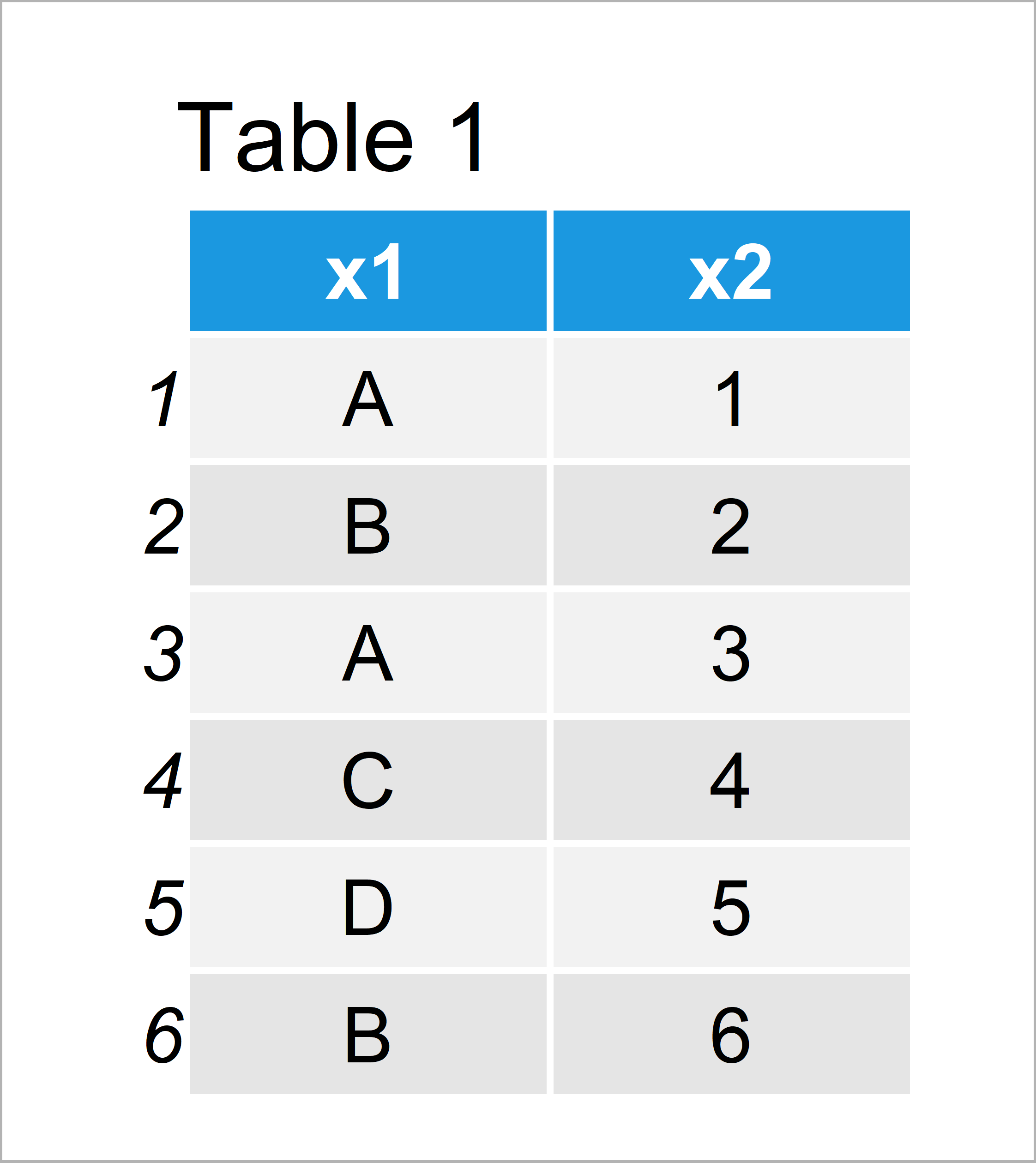
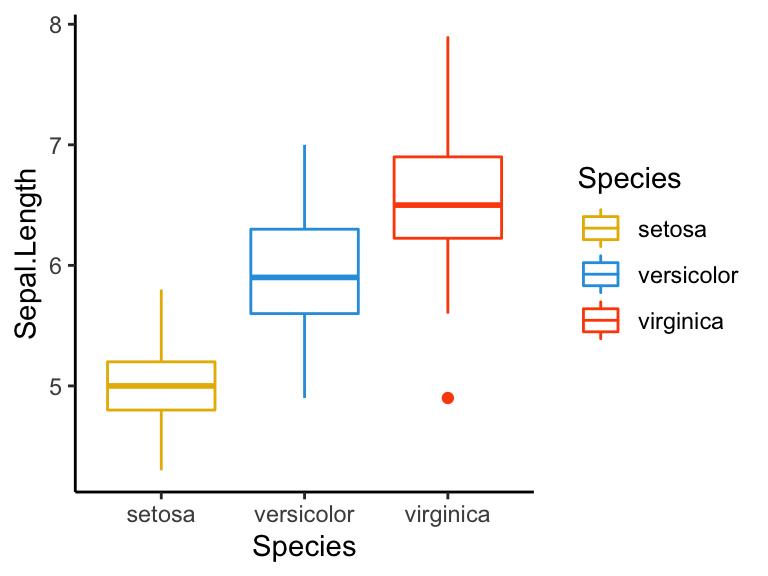






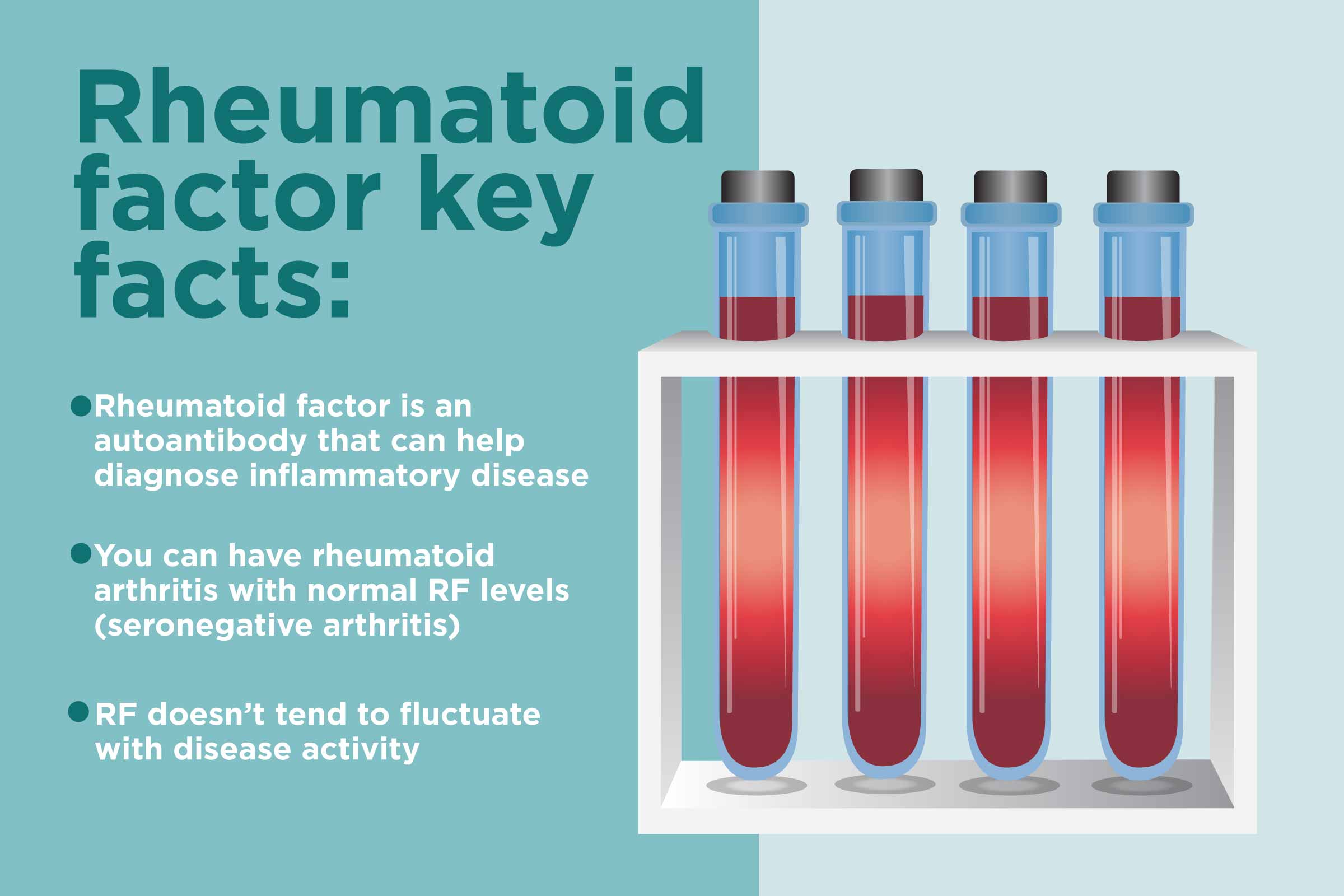



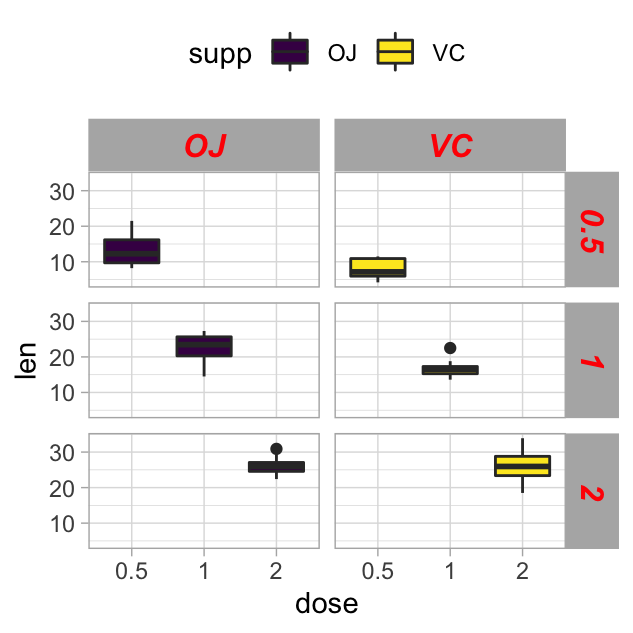
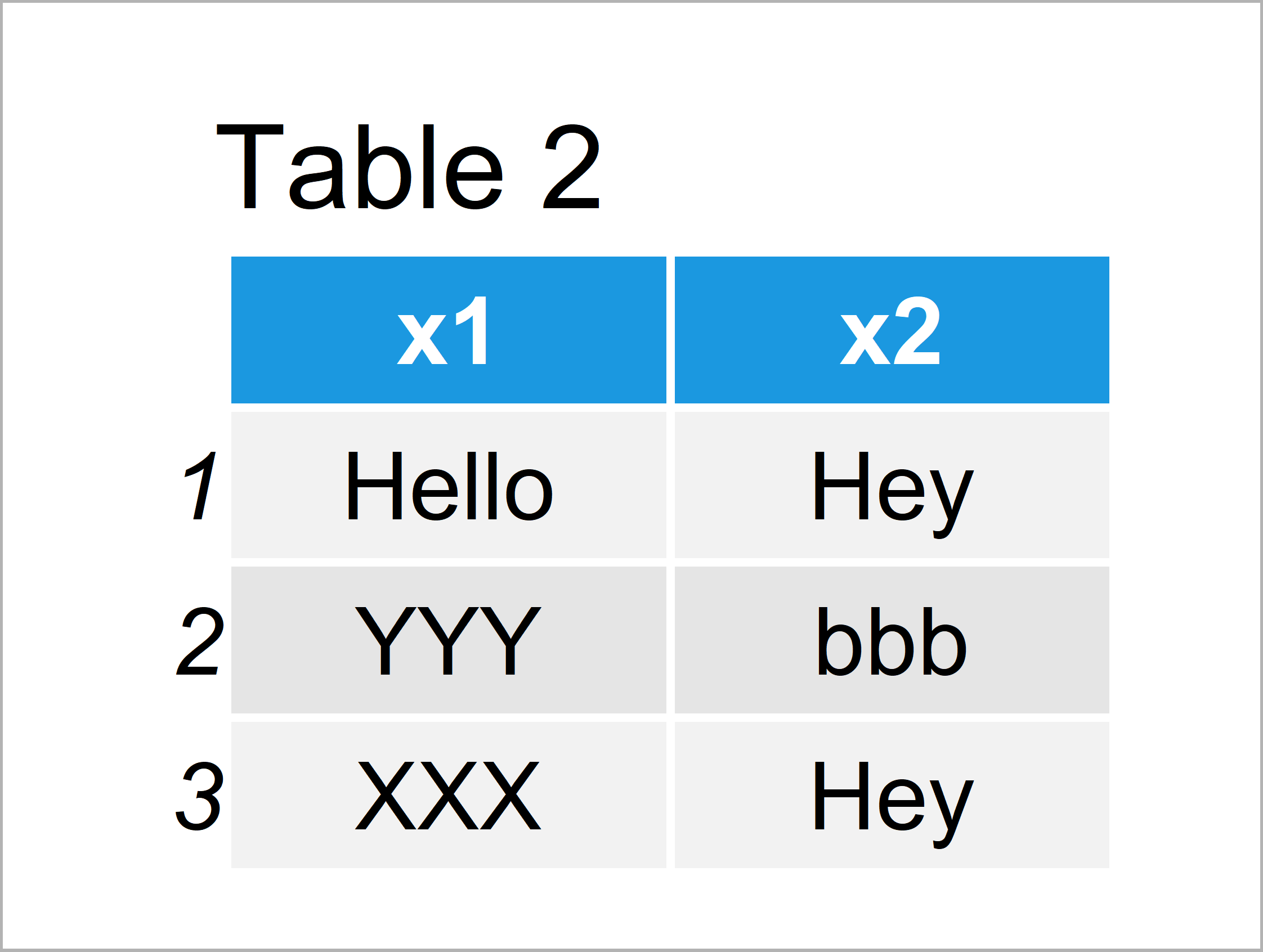



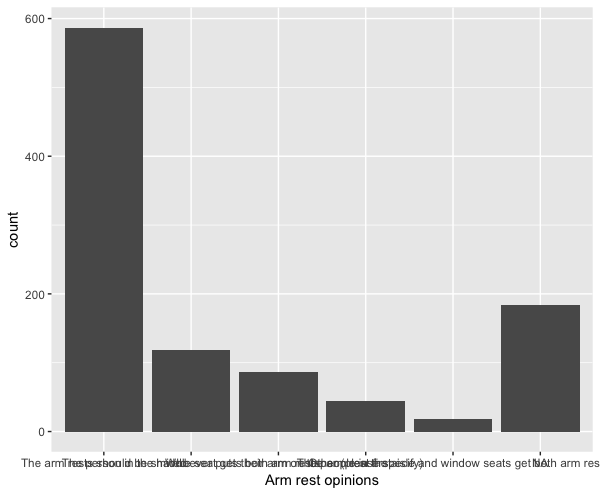
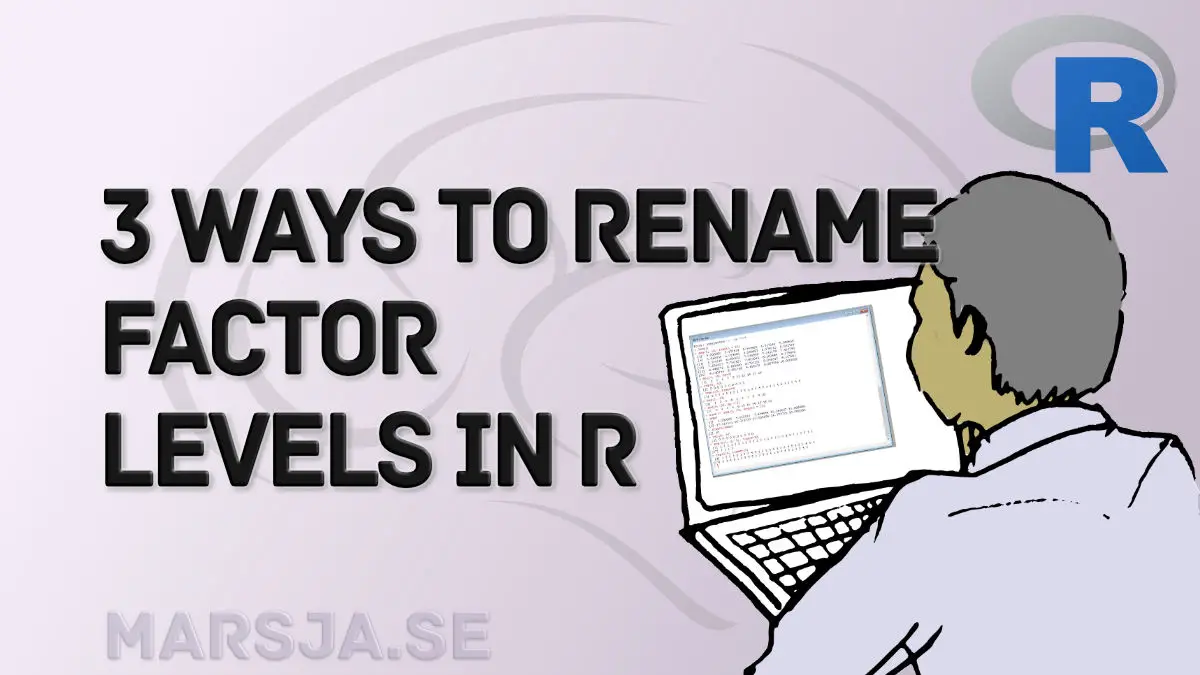
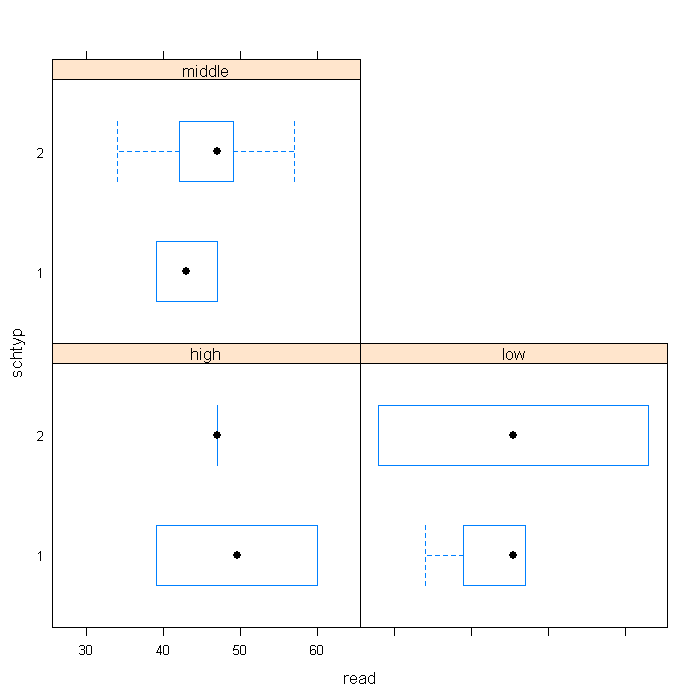
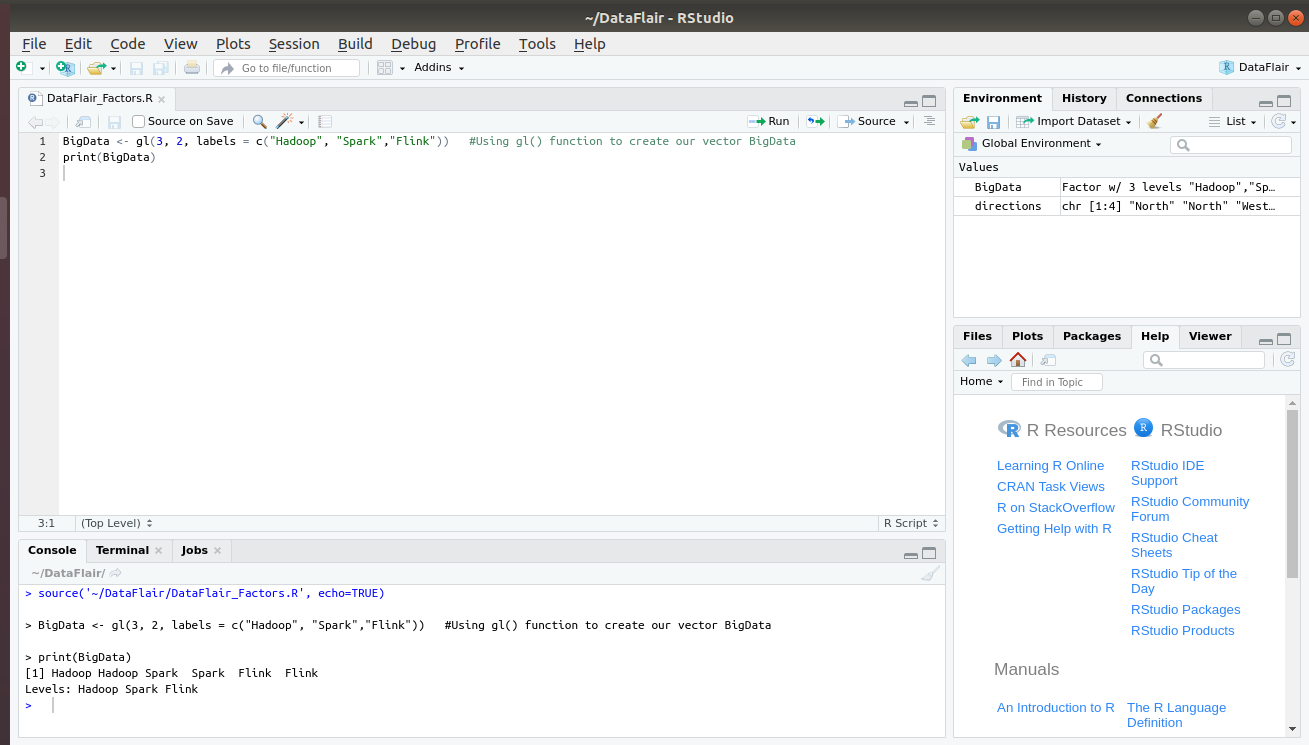

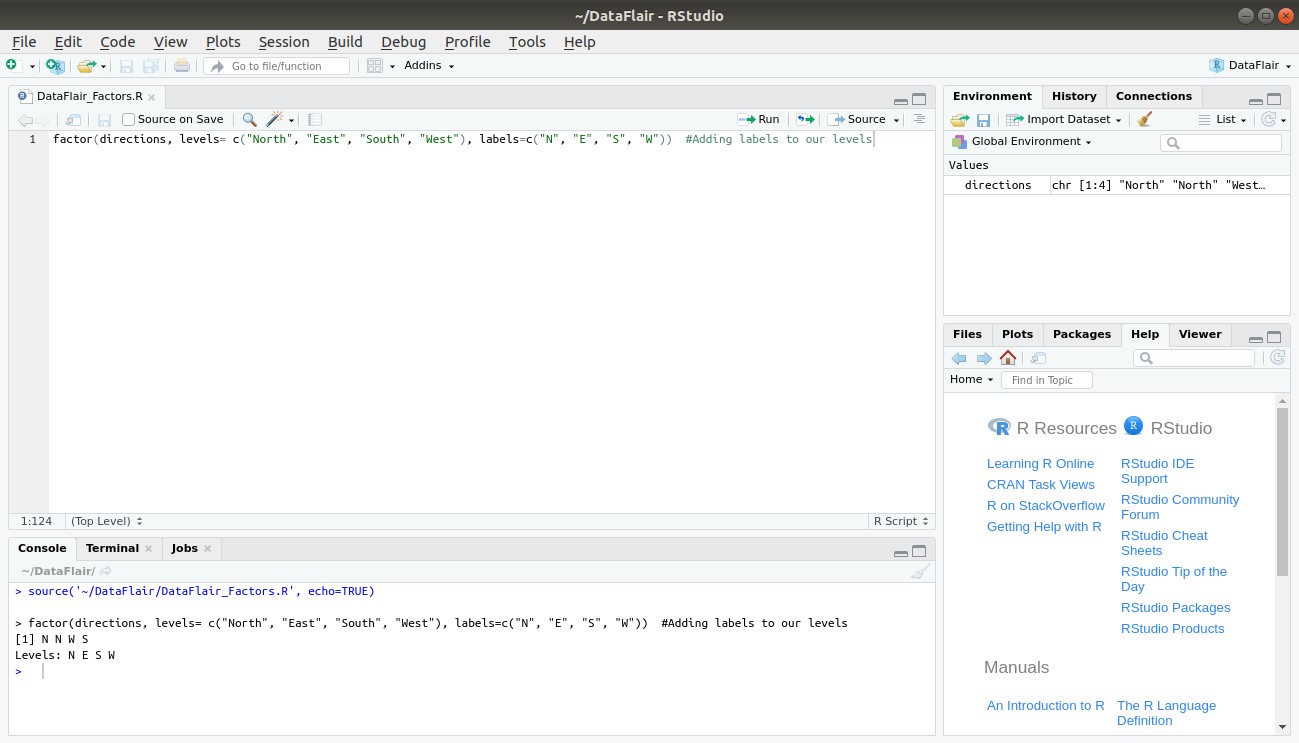
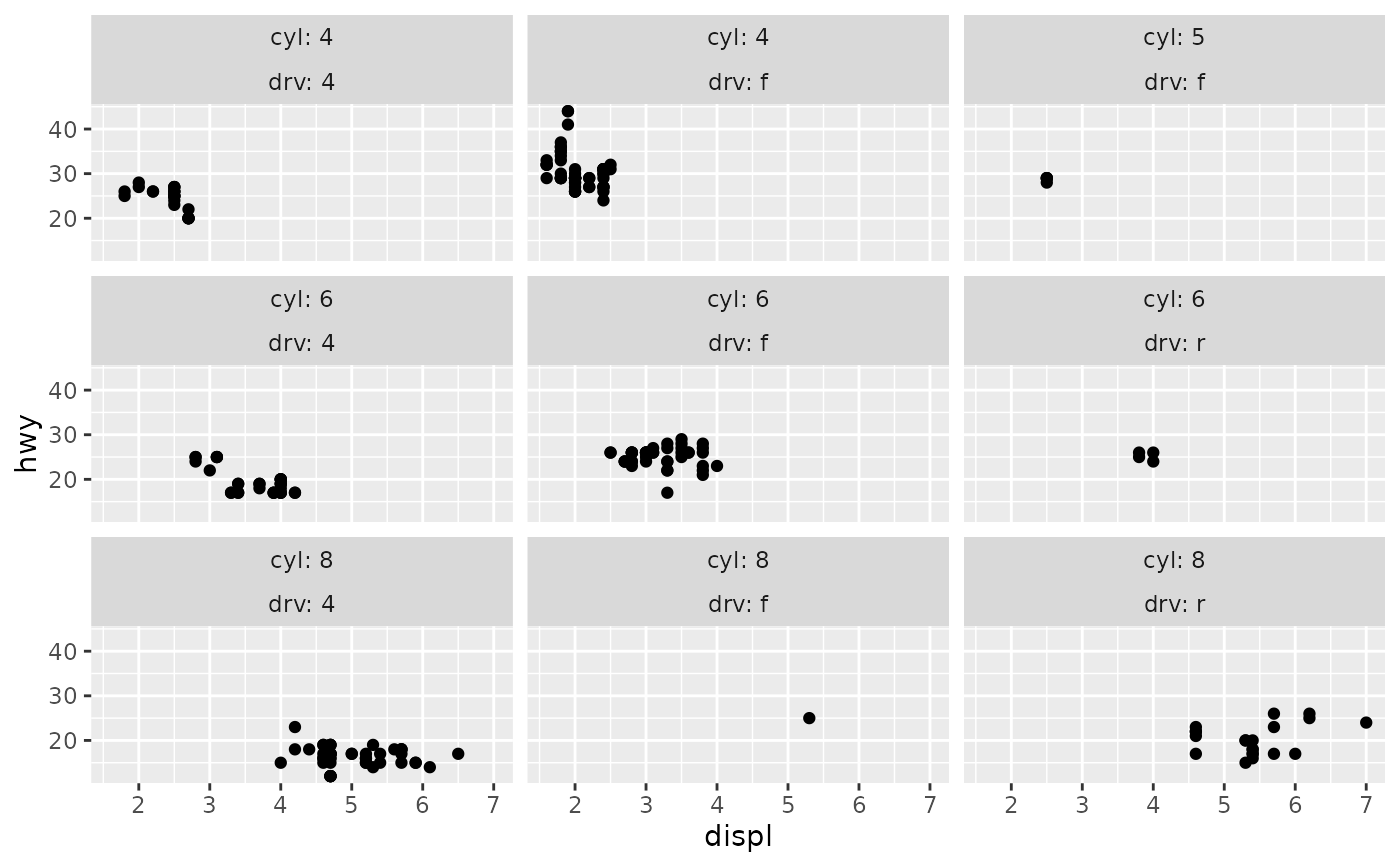



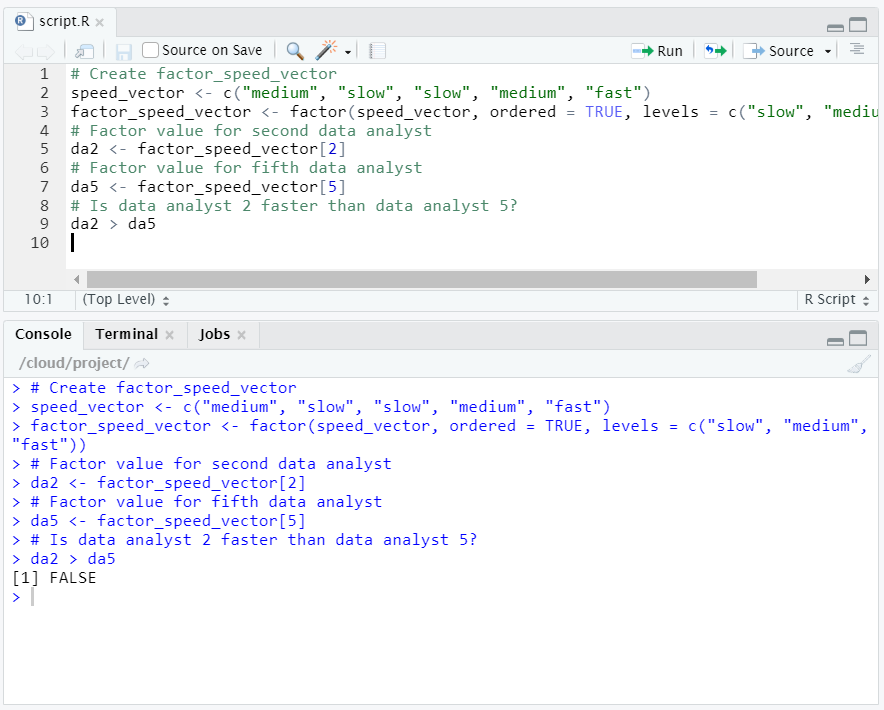



![FACTOR in R ▷ [CREATE, CHANGE LABELS and CONVERT data]](https://r-coder.com/wp-content/uploads/2020/03/factor-r.png)

![FACTOR in R ▷ [CREATE, CHANGE LABELS and CONVERT data]](https://r-coder.com/wp-content/uploads/2020/06/Introduction-to-Statistical-Learning.png)

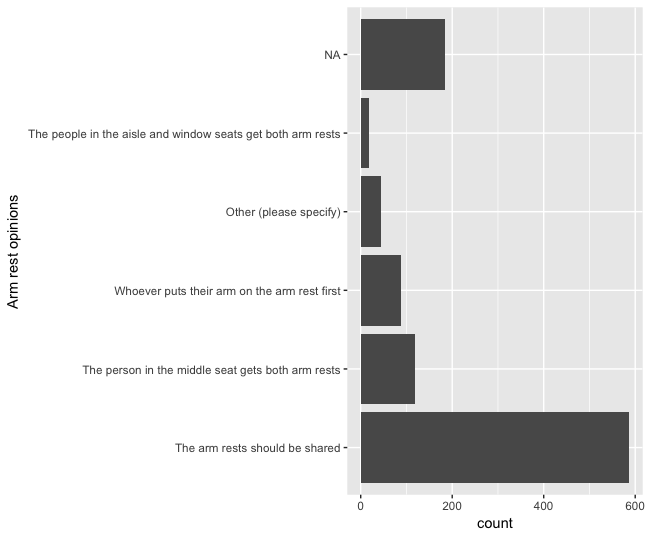



Post a Comment for "41 change factor labels in r"